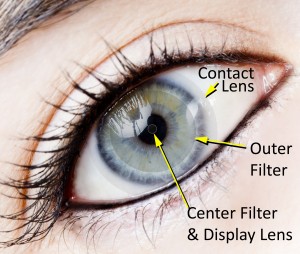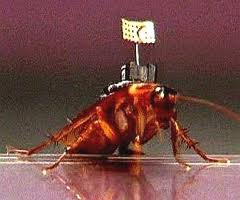So here’s the problem…you want to take a picture of a person in a public space, but all the strangers walking by keep cluttering up the image! The solution? Use a soon-to-be-released app from Scalado to just ‘exclude’ those random people from the picture. I’m not completely certain how the technology works, but believe it’s essentially taking multiple images of the same picture, so once it identifies an area that has changed (a person walking through the image), it has the data already for what should be behind that person. This video is a nice demonstration of how this technology could be used:
It’s easy to see how this can be useful for taking pictures, but think about taking this one step further. What if this technology were embedded in a realtime AR display? Imagine wearing AR glasses, and having a wearable computer essentially ‘filter out’ all the people from your field of view. Or, once you can do that, replacing them with abstracts. Maybe just floating blue misty shapes like ghosts, so you know there are people there but aren’t distracted by the details? At that point, the possibilities are endless and really just a matter of creative software implementation. Awesome.





